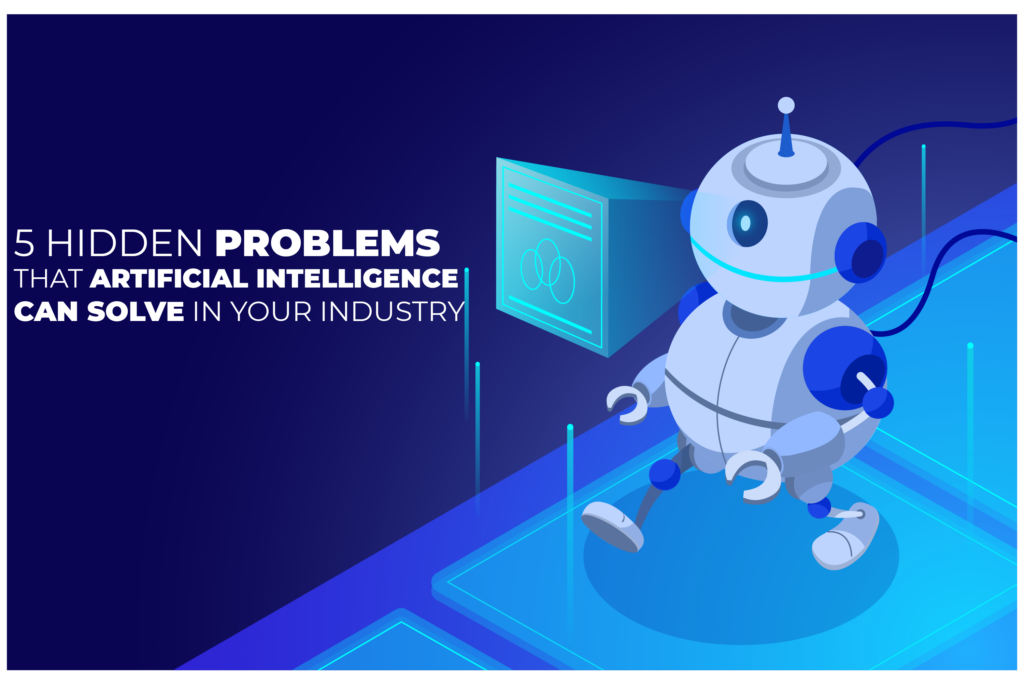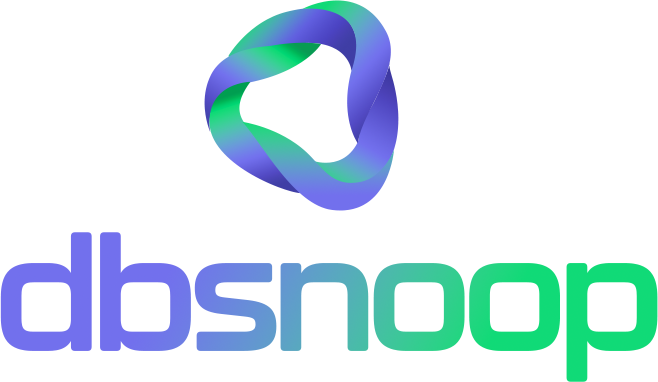

In any technology-driven company, there are two categories of problems: the visible and the hidden. The visible problems are easy to name and mobilize the organization: a server that went down, an error rate that skyrocketed, a failed deployment. They are immediate, loud, and receive all the attention and resources. The hidden problems, however, are far more dangerous. They don’t trigger alarms.
They are the systemic inefficiencies, the silent bottlenecks, and the opportunity costs that drain your organization’s energy, kill agility, and inflate expenses without ever appearing as a line item on a report. They manifest as a general “slowness,” a time-to-market that drags on, or a cloud bill that grows without a clear justification.
Artificial Intelligence, when applied to data observability, doesn’t just serve to solve visible problems faster. Its true transformational power lies in its ability to act as an MRI for your operation, bringing these hidden problems to light and providing the tools to solve them systematically. Below, we present five of these problems that AI can solve, transforming your operation from a state of constant reaction to a predictive and strategic posture.
1. The Problem: The Continuous Drain of Intellectual Capital
The Hidden Symptom: Your most senior and expensive software engineers, SREs, and DBAs spend a significant percentage of their weeks in reactive “war rooms,” investigating performance incidents. When a “slow application” alert arises, they begin a manual and time-consuming “treasure hunt.” They jump between APM panels, server logs, metric dashboards, and database terminals, trying to manually correlate disparate events to build a hypothesis about the root cause. Each expert defends their domain, and the resolution drags on. What isn’t measured is the opportunity cost of this time.
Every hour your lead engineer spends trying to decipher a query’s execution plan is an hour they are not designing the next microservices architecture, developing a new product, or mentoring other team members.
The lack of AI to automate diagnosis forces you to use your most expensive human capital as a first-line troubleshooting tool, one of the most inefficient and costly resource allocations possible in a technology organization. In the long run, this not only delays innovation but also leads to burnout and high talent turnover, as they feel trapped in a cycle of firefighting.
The AI Solution: Artificial Intelligence attacks this problem at its source by automating the root cause analysis process. Instead of a human brain needing to collect and correlate the dots between a CPU spike on the server, an increase in disk latency, a specific database process, and the exact query called by an application transaction, an AI engine does it in seconds and continuously. An observability platform like dbsnOOp doesn’t just alert on the slowness; it delivers the complete diagnosis.
The alert changes from “slowness detected” to “transaction X is slow because query Y degraded in performance due to a change in the execution plan. The likely cause is a missing index on column Z.” This transforms the workflow. The team no longer spends hours asking “where is the problem?” but minutes discussing “what is the best window to apply the recommended solution?”. AI frees up your most valuable intellectual capital to perform the high-value work that truly drives the business forward.
2. The Problem: The Silent and Growing Waste in the Cloud
The Hidden Symptom: Your cloud bill (AWS, Azure, GCP) grows consistently, often faster than your user base growth. The default response to any intermittent performance issue is brute force: “scale up the instance.” You pay for more RAM, more vCPUs, and faster disks, but you don’t have a clear view of whether you are actually using these resources efficiently. Overprovisioning becomes the unofficial policy, an expensive insurance policy against performance uncertainty. The cost of this inefficiency is hidden in the complex lines of your monthly bill. You are not paying for what you use; you are paying for the fear of what might happen.
The AI Solution: AI enables insight-driven optimization, not brute force. It provides the intelligence to attack the root cause of inefficiency instead of just treating the symptom with more resources. By analyzing the actual database workload, AI can precisely identify the true source of the slowness: the query that is doing a Table Scan instead of an Index Seek, the redundant index that is penalizing all writes, the sub-optimal memory configuration that is causing excessive I/O.
With this diagnosis, dbsnOOp empowers teams to optimize the software so that the hardware is used efficiently. Instead of doubling the instance size, you can apply a new index that reduces CPU consumption by 80%. The result is the “right-sizing” of the infrastructure, allowing, in many cases, for the downgrading of instances to cheaper configurations while achieving superior performance. AI transforms cloud cost management from a reaction to a growing bill into a proactive optimization of infrastructure ROI.

3. The Problem: The Erosion of Trust in the Deployment Process
The Hidden Symptom: Your development team is afraid to deploy. Software releases are tense events surrounded by rituals. There is an unofficial ban on “Friday deployments.” Innovation slows down, not because the team can’t develop, but because the risk of introducing a silent performance regression in the database is too high and unpredictable. QA and load tests in staging environments rarely manage to replicate the complexity and scale of the production workload. Thus, every deployment is a leap of faith, and the company culture becomes risk-averse, which is fatal in a competitive market.
The AI Solution: AI acts as a performance safety net, transforming the deployment from a high-risk event into a data-driven feedback process. By maintaining a historical baseline of each query’s performance, a platform like dbsnOOp can provide almost instant regression analysis. The workflow becomes:
- The new code is deployed.
- The AI begins to analyze the behavior of new and modified queries, comparing their performance (latency, CPU, I/O) with their pre-deployment equivalents.
- Minutes after the deployment, the AI can generate an alert: “Query X, modified in deploy Y, is now executing 400% slower and consuming 200% more CPU. The execution plan changed from an Index Seek to an Index Scan.”
This gives teams the power to detect and revert or fix performance issues before they impact the majority of users, building a culture of trust and enabling much faster and more aggressive development and delivery cycles (CI/CD).
4. The Problem: The Blindness of Future Capacity Planning
The Hidden Symptom: The company has ambitious growth goals—doubling the number of users, launching in a new region, supporting a major marketing campaign—but the technology team cannot confidently answer the question: “Will our current data infrastructure support this new load?”. Capacity planning is reactive, based on past incidents. Decisions to scale the infrastructure are made when the system is already at its limit, resulting in emergency provisioning, higher costs, and business risk.
The AI Solution: AI introduces predictive analysis and forecasting into capacity management. Instead of just looking at the past, an AI engine can analyze historical trends in data growth, resource consumption (CPU, I/O, storage), and query degradation to project future behavior. dbsnOOp can provide actionable insights like: “Based on the current growth rate of your events table and the associated performance degradation of aggregation queries, your database cluster will reach I/O saturation in approximately 6 months.” This forecast transforms capacity planning from a guessing game into an engineering discipline, allowing teams to plan, budget, and implement the necessary architectural changes in advance.
5. The Problem: Reactive Forensic Analysis as the Standard Workflow
The Hidden Symptom: Performance troubleshooting in your company resembles a crime scene investigation. A problem occurs, and the team spends hours or days analyzing past logs and metrics to try to build a narrative of what went wrong. Decisions are based on hypotheses (“we think it was lock contention…”), and resolution is slow. The knowledge gained is rarely systematized, and the team ends up solving the same type of problem repeatedly.
The AI Solution: AI fundamentally changes the paradigm from reactive to proactive. By establishing a continuous, multi-dimensional baseline of your system’s “normal” behavior, AI becomes a real-time anomaly detection system. The analysis shifts from “what happened?” to “the AI has detected that the access pattern to this table has changed drastically in the last 15 minutes, coinciding with an increase in latency.” dbsnOOp doesn’t wait for a threshold to be breached; it detects the change in the pattern, providing an early warning that allows the team to act before the problem becomes an incident visible to the customer.
Artificial Intelligence is not a future technology for solving hypothetical problems. It is the most effective solution for the operational, financial, and strategic problems that are limiting your business’s growth today.
Stop fighting the symptoms. Start solving the root cause with intelligence. Schedule a meeting with our specialist or watch a live demo!
Schedule a demo here.
Learn more about dbsnOOp!
Learn about database monitoring with advanced tools here.
Visit our YouTube channel to learn about the platform and watch tutorials.

Recommended Reading
- What does your company lose every day by not using AI?: This article is the perfect complement, delving into the “cost” of not solving the discussed problems, focusing on financial and opportunity losses.
- AI Database Tuning: A fundamental read that explains the “how” of applying Artificial Intelligence in practice to perform performance tuning, which is the solution to many of the hidden problems.
- What is query degradation and why does it happen?: This post details one of the main hidden problems—the silent degradation of performance—that AI is especially good at detecting and preventing.

